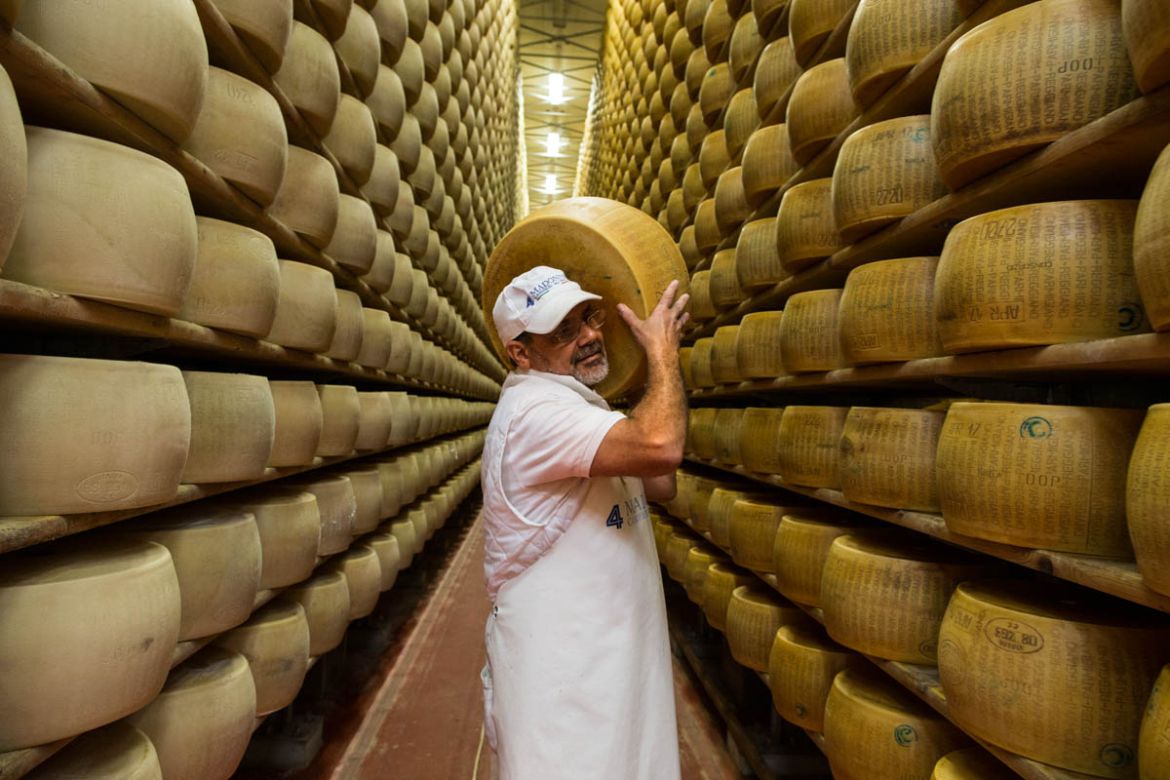Unlocking the Tricks of Artisanal Cheese Making: A Step-by-Step Do It Yourself Guide
In the realm of culinary workmanship, artisanal cheese making stands as a testament to the fragile balance between custom and development. Each action in the procedure, from selecting the best milk to refining aging methods, holds within it a wide range of expertise passed down through generations. As we start this journey to debunk the art of creating exquisite cheeses, we are confronted with a tapestry of abilities and keys waiting to be deciphered. Join us as we explore the details of this ancient craft, where science, art, and patience converge to create tastes that tantalize the senses.
Selecting the Right Milk
When embarking on the trip of artisanal cheese production, the selection of milk plays an important function in determining the quality and qualities of the last product. The type of milk selected affects the taste, appearance, and on the whole profile of the cheese.
Additionally, the resource of the milk, whether from cows, goats, sheep, or buffalo, contributes distinct tastes and features to the cheese. Each type of milk brings its own subtleties, permitting for a wide array of cheese ranges to be crafted based on the selected milk.
Culturing and Coagulating
To initiate the cheese-making process, the important actions of culturing and coagulating must be meticulously performed to transform milk right into curds and whey. The type of culture made use of can considerably impact the flavor, structure, and ripening of the final cheese item.

The timing and temperature control throughout culturing and coagulation are crucial variables that influence the final result of the cheese. Appropriate implementation of these steps is vital to ensure the wanted texture, flavor, and consistency of the artisanal cheese being produced.
Draining Pipes and Pushing Curds
After the milk healthy proteins have actually coagulated and the curds have been reduced to release whey, the following critical step in artisanal cheese making includes draining pipes and pushing the curds to attain the wanted structure and uniformity of the last cheese product. The time for draining pipes can vary depending on the kind of cheese being made and the desired wetness web content.
Once the curds have adequately drained, the following step is pressing. Pressing assists get rid of any type of remaining whey and compacts the curds to create a solid cheese wheel. Pushing can be done making use of specialized cheese presses that apply consistent and mild stress over an amount of time. The period and stress applied during pushing will certainly affect the last structure of the cheese, from creamy and soft to hard and company. Proper pushing and draining pipes are vital steps that dramatically affect the top quality and attributes of the artisanal cheese being produced.
Aging and Flavor Methods
Executing precise aging and flavor strategies is critical in enhancing the depth and complexity of artisanal cheeses, elevating their preference profiles to elegant levels of improvement and refinement. Aging plays an essential duty in developing the distinct tastes and textures that differentiate artisanal cheeses.
Flavoring strategies likewise add substantially to the last taste of artisanal cheeses. Cheesemakers may pick to introduce extra tastes by incorporating components such as natural herbs, flavors, or perhaps fruits into celebrity throughout the manufacturing procedure. In addition, some cheeses are cleaned or massaged with numerous fluids, such as salt water or alcohol, to improve their appearances and tastes.
Covering and Storing Cheeses

Final Thought
In conclusion, grasping the art of artisanal cheese making entails thoroughly picking the ideal milk, complying with accurate culturing and coagulating processes, draining and pushing curds efficiently, and using numerous aging and flavoring strategies. By adhering to these actions vigilantly and with focus to detail, you can create your very own scrumptious and special cheeses in your home. Remember to cover and save your cheeses effectively to make sure optimum taste and appearance growth. Satisfied cheese making!
Each type of milk brings its own nuances, permitting for view publisher site a vast range of cheese his comment is here ranges to be crafted based on the chosen milk.After the milk healthy proteins have actually coagulated and the curds have actually been reduced to release whey, the following crucial action in artisanal cheese making entails draining pipes and pressing the curds to accomplish the preferred texture and uniformity of the last cheese item. The majority of cheeses should be wrapped in wax paper or cheese paper to allow them to breathe while shielding them from drying out. For cheeses that require to proceed aging, such as bloomy rinds or cleaned rinds, ensure they are saved in an amazing environment like a cheese cavern or a fridge established to the proper temperature level. By paying focus to the wrapping and storage of artisanal cheeses, cheese manufacturers and enthusiasts can preserve the honesty of these delicacies and fully enjoy their complicated tastes.
 Amanda Bynes Then & Now!
Amanda Bynes Then & Now! Ashley Johnson Then & Now!
Ashley Johnson Then & Now! Christina Ricci Then & Now!
Christina Ricci Then & Now! Jeremy Miller Then & Now!
Jeremy Miller Then & Now! Katey Sagal Then & Now!
Katey Sagal Then & Now!